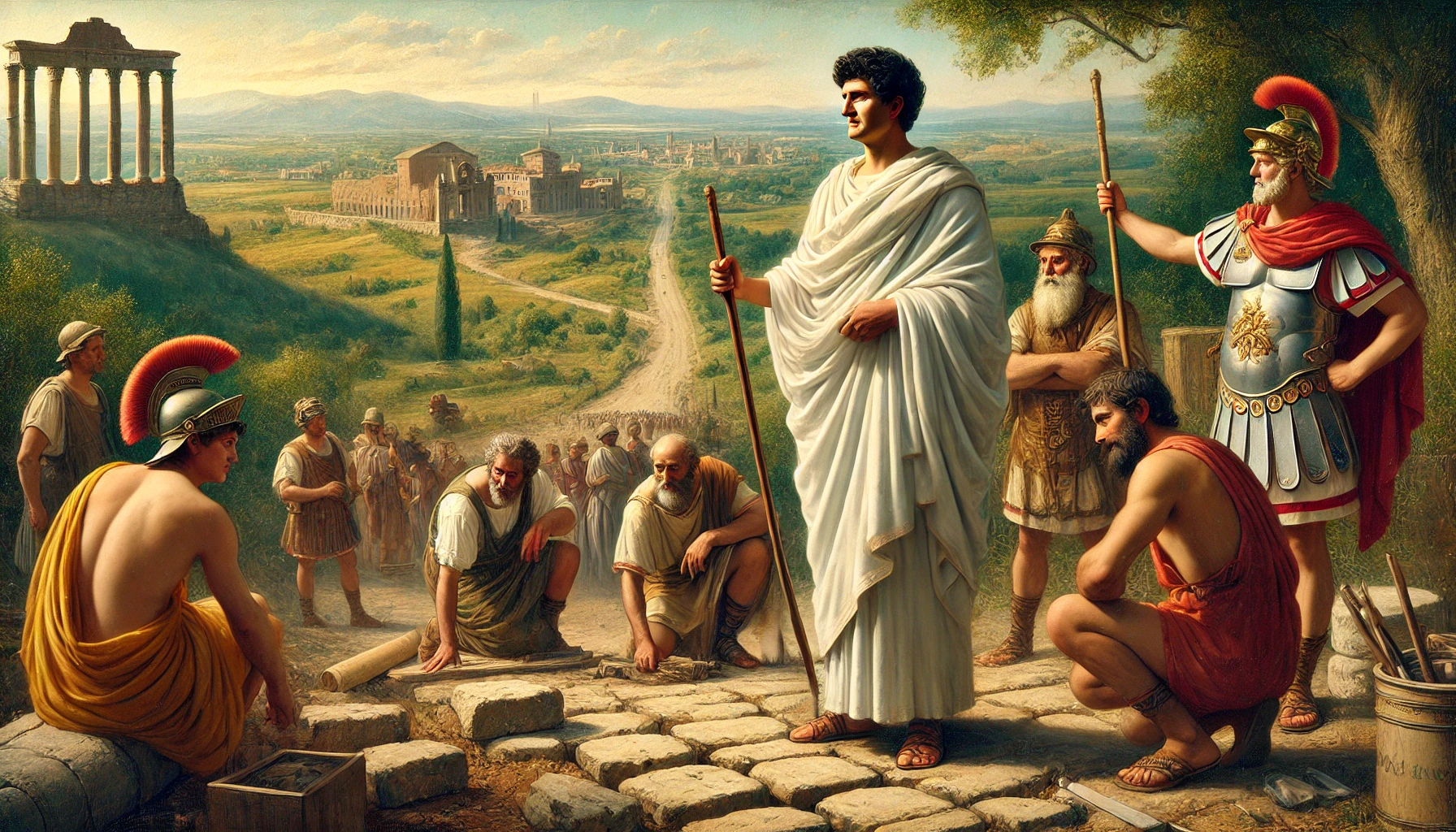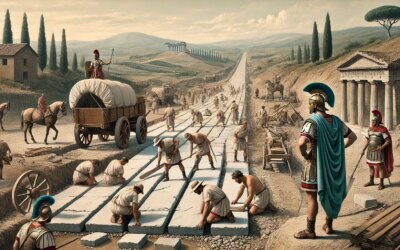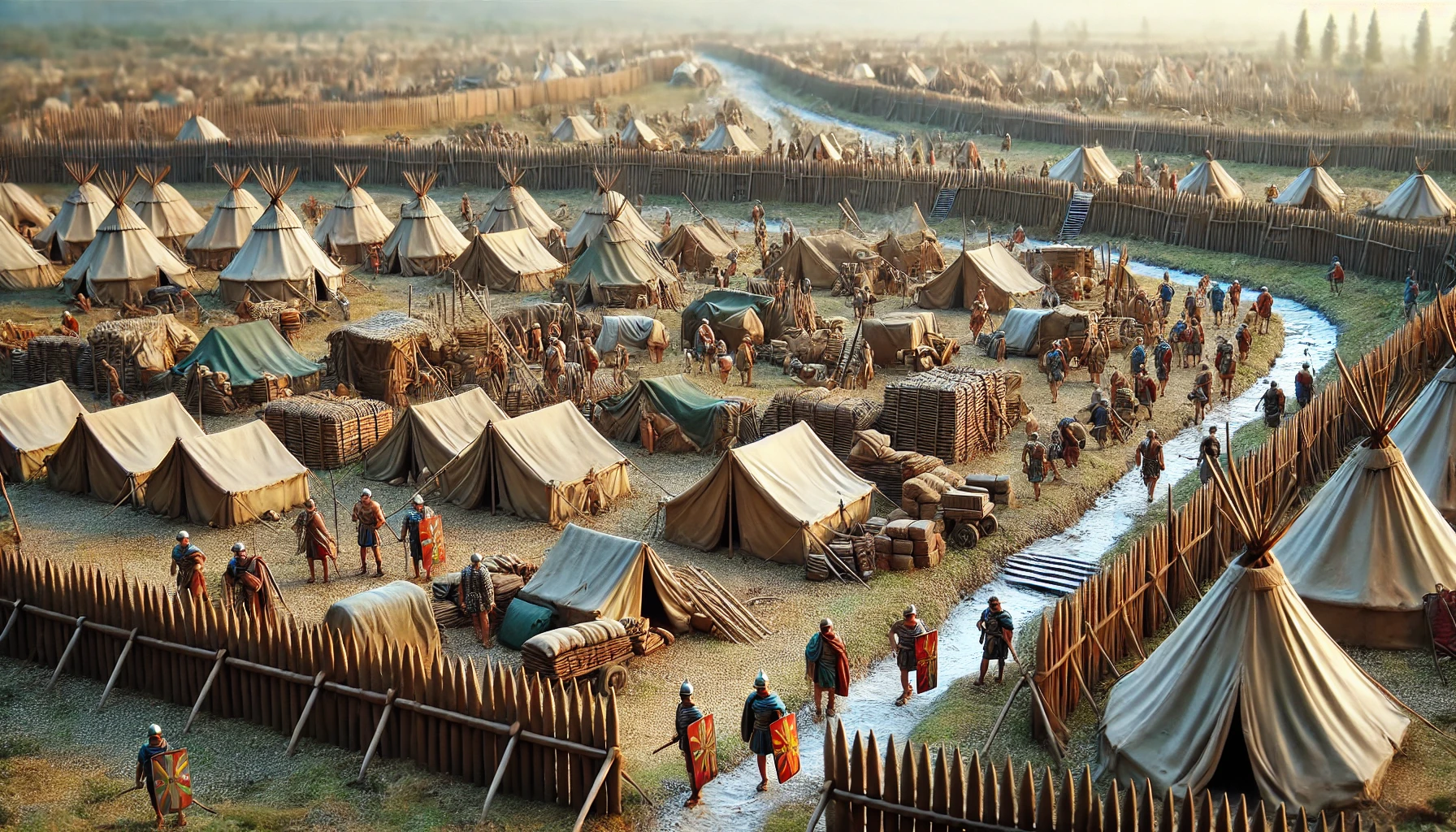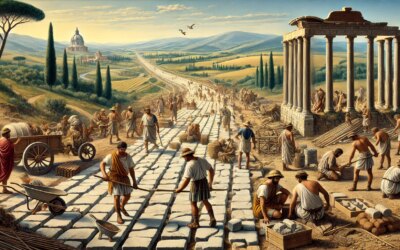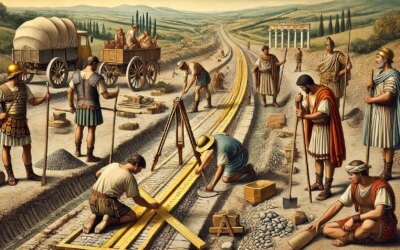Introduction: A Road to Greatness
In the year 312 BC, the Roman Republic was still in its adolescence, flexing its influence across central Italy while navigating conflicts both internal and external. Amid this transformation, one man left an indelible mark not through conquest, but construction. Appius Claudius Caecus, serving as censor, initiated one of the most visionary infrastructural projects in Roman history—the building of the Via Appia. More than just a road, it was a symbol of Rome’s ambition, ingenuity, and enduring legacy.
Appius Claudius Caecus: Visionary and Reformer
Appius Claudius Caecus was not merely an administrator. He was a reformer who challenged patrician dominance, admitted lower classes into higher political roles, and restructured senatorial lists. His censorship (a five-year term held jointly by two magistrates) was particularly influential. Though controversial among aristocrats, Caecus’s reforms laid groundwork for a more inclusive Republic. Yet it was his infrastructural vision—the Via Appia—that immortalized his name.
The Need for Roads
At the start of the 4th century BC, Roman military movements were hampered by inadequate transport routes. The Samnite Wars in southern Italy underscored this weakness. Troops and supplies needed reliable, all-weather roads that could connect Rome with its growing network of colonies. Caecus envisioned a permanent, durable route that would anchor Rome’s influence in Campania and beyond.
Design and Engineering Marvel
The Via Appia was laid with carefully hewn basalt stones over a gravel base, crowned in the center for water runoff. It stretched initially from Rome to Capua—over 200 kilometers—and was later extended to Brundisium (modern Brindisi), providing access to the Adriatic and eastern Mediterranean trade routes. Built by Roman legions and local laborers, it featured milestones, rest stations, and sophisticated drainage systems. It was both a practical military tool and a declaration of Roman mastery over landscape and logistics.
The First Highway of Empire
Dubbed the “Regina Viarum” or “Queen of Roads,” the Via Appia was revolutionary. It allowed for rapid troop deployment, facilitated commerce, and connected distant allies and colonies. It became the model for Rome’s future roads, which eventually spanned over 400,000 kilometers across the empire. Wherever a Roman road stretched, so too did Roman law, language, and culture.
Social and Cultural Impact
The road’s significance extended beyond strategy. It enabled economic integration between regions, allowing farmers and merchants to access wider markets. It also served as a cultural conduit—bringing Latin language and Roman customs to new territories. Over time, it became a pilgrimage route, a stage for triumphal processions, and a final resting place, as noble families constructed tombs along its edges.
Legacy and Historical Recognition
Centuries later, Roman authors like Livy and Cicero praised Caecus for his foresight. Despite eventual blindness (hence the cognomen “Caecus”), he remained a statesman and orator. His defiance of conservative norms earned him lasting admiration. His infrastructure, meanwhile, endured for millennia. Sections of the original Via Appia remain visible and walkable today—a testament to Roman engineering brilliance.
Conclusion: Stones That Shaped a Civilization
In 312 BC, Appius Claudius Caecus envisioned a future where Rome’s reach was measured not only in miles, but in influence. By building the Via Appia, he didn’t just solve logistical problems—he paved the way for empire. His road still runs beneath Italian soil, whispering of ambition, labor, and the enduring will of a Republic finding its place in the world. In every step upon its stones lies the echo of Rome rising.

